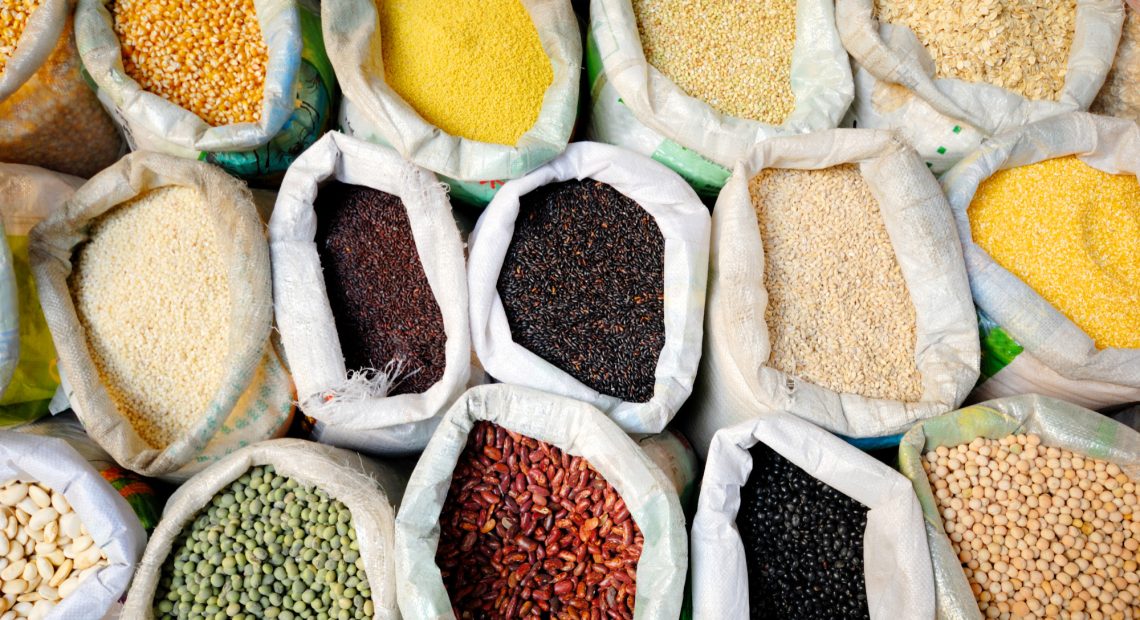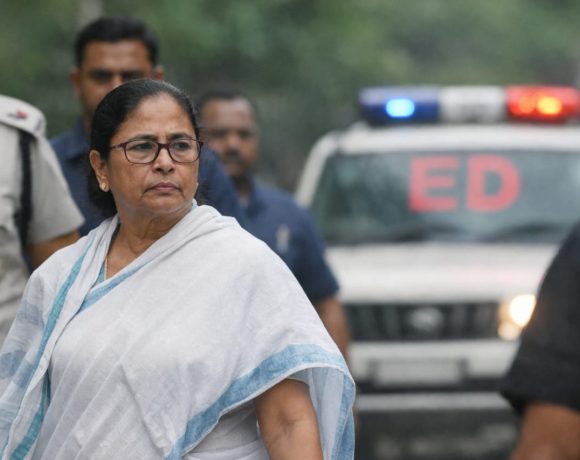
US Farmers Warn of Risks if India Cuts Tariffs in Trade Deal
As talks continue toward a potential US‑India trade deal, American farm groups are cautioning that sweeping tariff cuts on US agricultural exports—such as wheat, pulses, dairy, and fresh fruits—could inflict severe harm on India’s domestic farming sector and food sovereignty. According to the US Farm Trade Risk Index (GTRI), the removal of India’s high tariffs—some reaching up to 70 %—could destabilise rural incomes, disrupt local markets, reduce crop diversity, and threaten food security.
Farmers’ Income Vulnerability
Under current tariff regimes, India shields domestic farmers from price swings in global commodity markets by imposing high duties, keeping import prices elevated. However, eliminating these tariffs, as part of a “tariff‑cut package” for an interim “early harvest” trade agreement, could make US farm goods significantly cheaper compared to Indian produce. The GTRI cautions that Indian farmers—especially smallholders and marginal communities—could lose market share, leading to income erosion, increased debt cycles, and heightened demand for government subsidies or minimum support price (MSP) interventions.
Risk to Food Security and Crop Diversity
Reduced tariffs may encourage large-scale imports of staples like wheat and pulses, pushed by cheaper supply rather than local demand. This could undercut diverse cropping patterns that India currently promotes through crop rotation and region-specific agriculture. The GTRI emphasises that such disruption risks making India overly dependent on imports for key food items, increasing its vulnerability to global price volatility, supply chain shocks, and geopolitical concerns.
Structural Concerns and Policy Recommendations
The GTRI identifies structural imbalances arising from tariff removal—where domestic producers cannot compete on price. This may drive consolidation in agriculture, forcing small farms to exit the sector or focus on niche high-value crops, potentially exacerbating rural inequality. To mitigate this, the GTRI recommends implementing liberal import quotas, temporary safeguard duties, phased tariff reductions, strategic subsidy realignment, and targeted investment in rural infrastructure, aggregation, storage, cold‑chain logistics, and cooperative models.
Implications for Trade Negotiations
As negotiators work toward tariff adjustments—some proposals suggest reducing wheat tariffs from 70 % to 10 %, and removing duties entirely on dairy and pulses—the GTRI warns that without protective safeguards, the short‑term gains for exporters could come at high long-term socioeconomic costs. This poses a dilemma for Indian policymakers balancing the desire to expand market access for manufacturers with the imperative to protect millions of farmers and preserve national food resilience.
The GTRI’s analysis signals that any interim trade deal must include comprehensive agricultural frameworks to avoid undermining domestic producers. As US and Indian officials navigate the complex negotiations, incorporating graduated tariff reduction schedules, supply‑side supports, and market buffer mechanisms will be essential to ensure equitable and sustainable outcomes for all stakeholders.


















